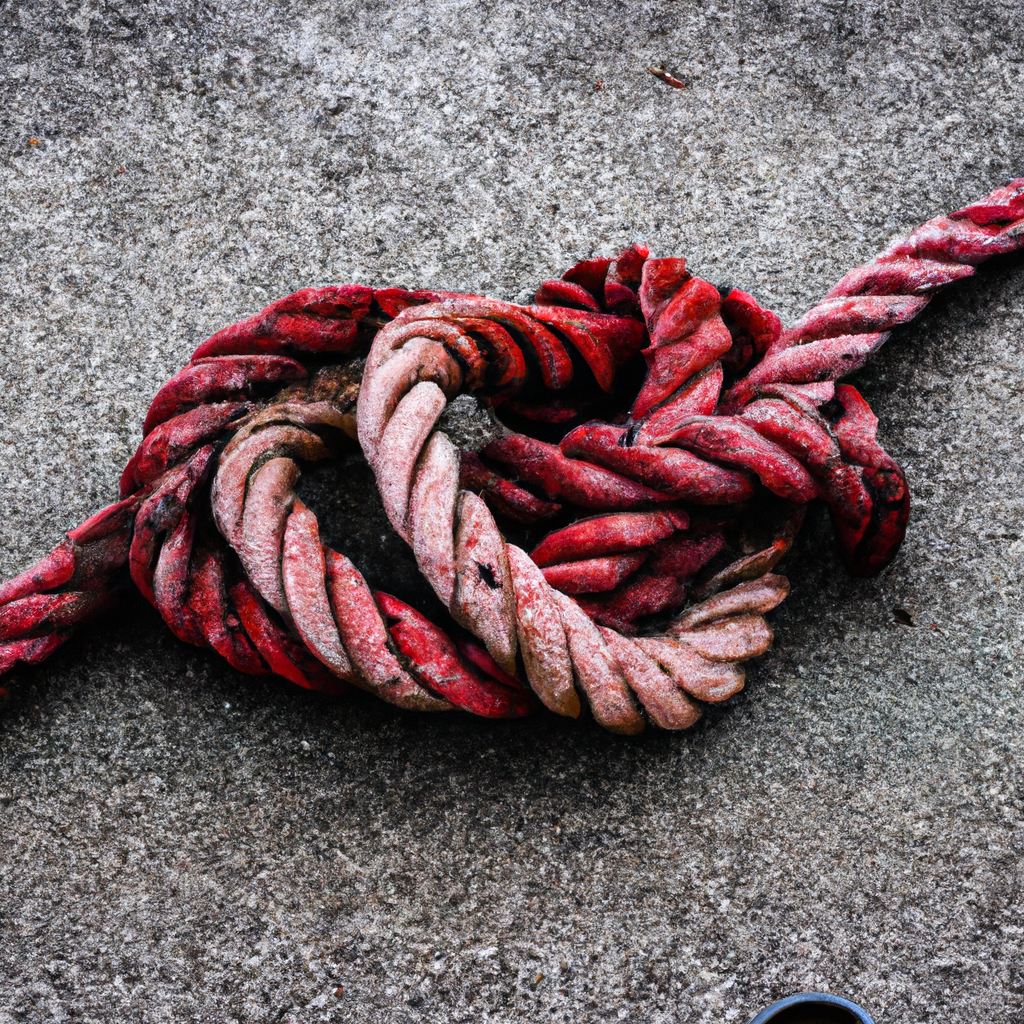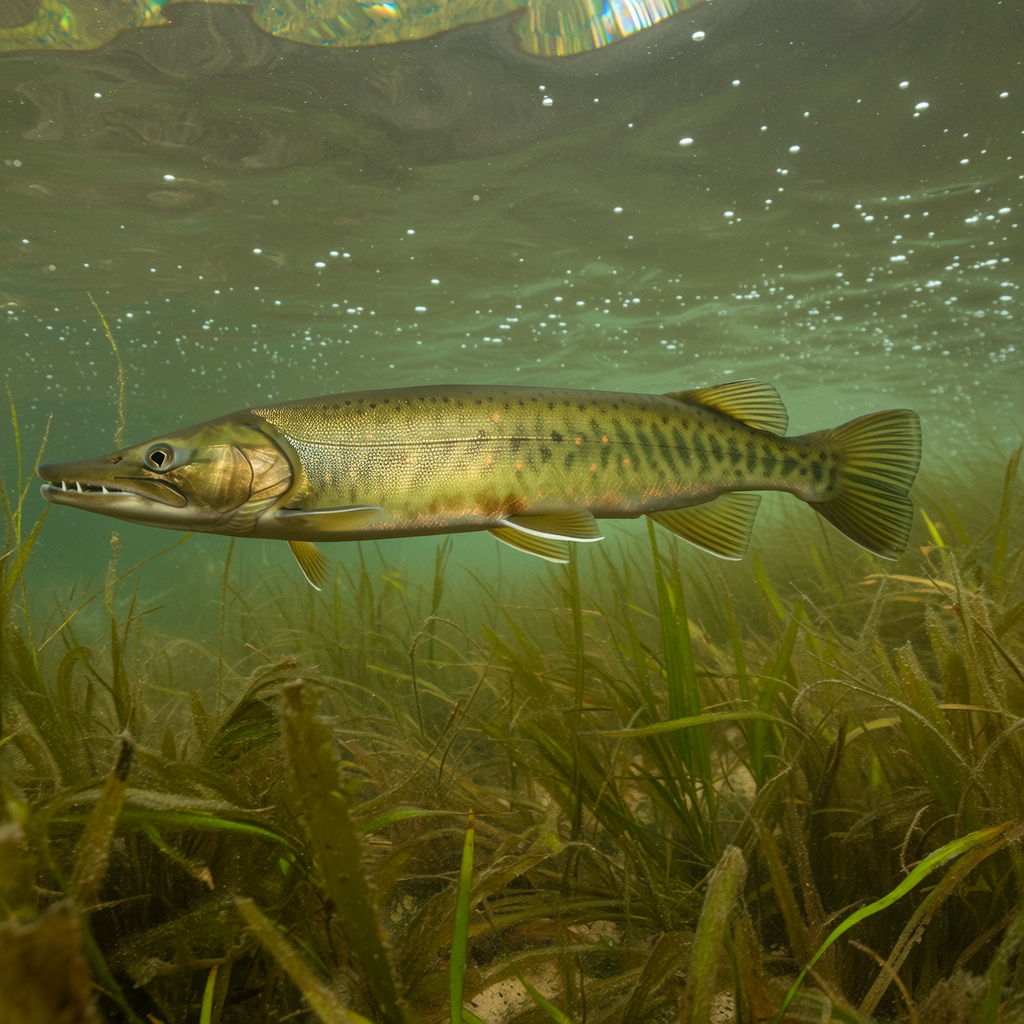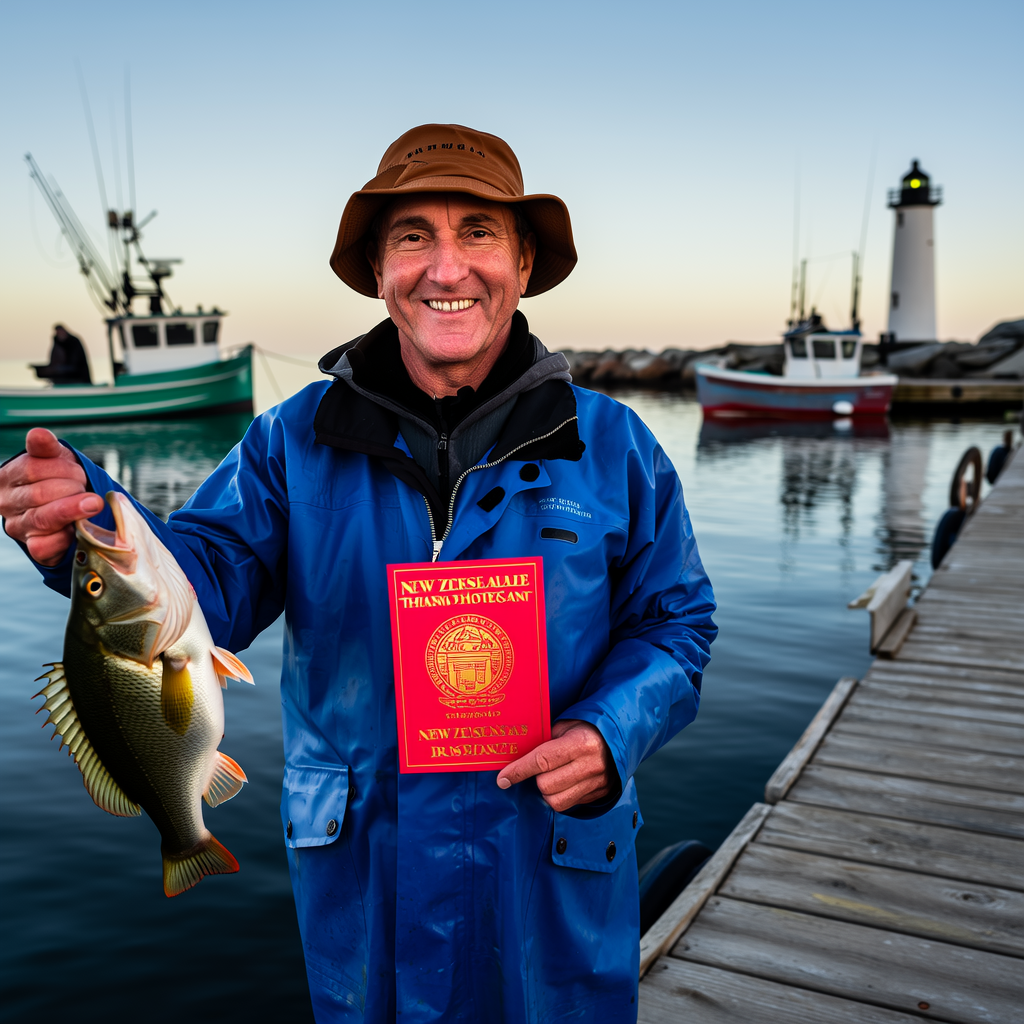A fishing knot loop is an example of a knot that forms a circle at the end of the fishing line. This allows for the attachment of different tackle, such as hooks or lures. This is a skill that all anglers should learn as it ensures the reliability and strength of their fishing gear. In this article we will examine the different types of loops for fishing, their uses and how to tie them properly for optimal performance.
Types of fishing knot loops
Anglers use a variety of loops for fishing knots, each with their own advantages and applications. These include the loop knots, perfection loops, surgeon’s, dropper, and Bimini twist. Let’s explore each of these knots in detail to gain a thorough understanding.
1. Loop Knot
The loop knot is also known as perfections loop or surgeon’s end loop. It is one of the easiest and strongest knots to form a loop. It allows bait or lures move freely and mimic natural movements in the water. Anglers use it to attach artificial lures like crankbaits and topwaters.
Follow these steps to tie a loop knot:
ol>
This knot is popular among many anglers because it provides excellent strength, and allows natural bait movement.
2. Perfection Loop
The perfection loop is also known as the angler‘s or bunny ear loop. It is a versatile knot that can be used to create a loop on the end of fishing line. Fly fishing uses it to attach leaders or tippets, as well as form dropper loops.
Follow these steps to tie the perfect loop:
- Fold the standing line back over itself to create the desired loop size.
- Hold the loop in one hand, and then make an overhand knot around the double line.
- Pass the tag through the small looped portion.
- Pull the standing line and tag ends simultaneously to tighten the knot.
- Make sure the knot is tight and trim any excess tag.
The perfection loop allows for easy fly changes and creates a strong connection between fly line and leader.
3. Surgeon’s loop
The double overhand knot, or surgeon’s loop as it is also known, creates a strong, yet simple loop at the end a fishing line. It is used to attach hooks, swivels or lures.
Follow these steps to tie a surgeon’s knot:
- Double over the line in order to create a section that is doubled at the desired size.
- Double the section and tie a simple overhand with it, leaving a small looped portion.
- Pull the standing line and tag ends simultaneously to tighten the knot.
- Make sure the knot is tight and trim any excess tag.
The surgeon’s knot is a quick and easy knot to tie. It is popular among anglers that value efficiency.
4. Dropper Loop
The dropper loop is also known as a blood loop or a dropper knot. It creates a loop to which additional lines or droppers may be attached. It is often used in multi-hooked fishing rigs to allow for simultaneous presentation of multiple baits.
Follow these steps to tie an eye dropper loop.
- Create a simple loop by doubling back the line, leaving a tag at the end.
- Hold the loop in one hand, and pass the tag through the loop to create a second loop next to the first.
- Hold the loops together, and wrap them several times with the tag end.
- Pass the tag through the wrapped section. Moisten the knot.
- Pull the standing line and tag ends simultaneously to tighten the knot.
- Make sure the knot is tight and trim any excess tag.
The dropper loop offers a wide range of rigging options. This allows a fisherman to use a variety lures and baits to catch potential catches.
5. Bimini Twist
The Bimini twist is used primarily in offshore fishing to create a strong loop on the standing line. It is often used to connect the mainline with a heavy leader, or to create a double line.
Follow these steps to tie a Bimini twist:
- Double the line, forming a loop of two to three feet. Leave a long tag at the end.
- Create a simple knot by passing the tag through the loop.
- Holding the loop and tag ends together, make 20 twists around each line.
- Pass the tag through the loop once more.
- Pull the standing line and the tag-end to tighten the knot. Make sure the twists are aligned.
- Trim off the excess tag.
The Bimini twist is a strong and reliable loop connection that is ideal for large and powerful gamefish encountered when offshore fishing.
The Correct Techniques for Tying Knot Loops
It is important to use the correct techniques when tying fishing knot loops. Here are some tips on how to tie knot loops efficiently:
1. Use Sufficient Linelength
When tying loops, make sure you have enough line to form the desired size loop without compromising the overall line strength. Insufficient line can lead to weak knots and failures when fishing.
2. Before Tightening, wet the knot.
To avoid friction-induced heat generation when tightening a knot, moisten it with water or saliva prior to securing the knot. This prevents damage to the line, and ensures that the knot is secure and reliable.
3. Gradually tighten the knot
It is important to apply consistent and gradual pressure when tightening a tying knot, especially if you are using monofilament or fluorescent lines. This will help distribute the tension evenly and prevent sudden line breaks.
4. Test the Knot Strength
It is always recommended to test the knots strength and reliability before casting or using them in real fishing situations. You can do this by applying gradual pressure, and checking for slippage or deformation. If the knot fails to pass the test, retie it in order to ensure a strong connection.
5. Trim Excess Tag End
Trim the excess tag end to as close as possible to the knot using a pair of sharp scissors or a line-cutter. Removing the excess end of the tag will reduce any potential snagging during casting or retrieving.
How to choose the right knot for different situations
It is important to choose the right knot for a specific fishing situation in order to have a successful and fun fishing experience. Here are some tips to help you choose the right knot.
1. Consider the Material of Fishing Line
To optimize strength and performance, different fishing lines such as monofilament or fluorocarbon may require specific knots. Select the knots that are best suited to the line material.
2. Assess the Species & Fishing Technique
The knot selection can be influenced by the species targeted and the fishing technique. When targeting large game fish the Bimini twist is a better choice due to its strength and reliability. For finesse fishing, or delicate presentations, the perfection loop may be a better choice.
3. Assess the size and type of Tackle
Knot selection can also be influenced by the size and type tackle used, such as hooks or lures. The chosen knot should be able to accommodate the tackle size, while maintaining optimal strength.
4. Practice and Familiarize yourself with Different Knots
It is beneficial to become proficient at knotting different knots as an angler. Familiarize yourselves with the different types of knots, their specific applications and tying methods. This allows you to be flexible and adaptable to changing fishing conditions.
Conclusion
A fishing loop is a vital tool for an angler, as it provides a strong and reliable connection between the fishing line and the terminal tackle. Understanding the different types of fishing loops and how to use them effectively will help an angler adapt to various fishing scenarios and target different species. Anglers can improve their chances of success by using the right knot for the situation and following the correct tying technique. It takes time and practice to master the art of tying loops for fishing lines. But the effort is worth it as you will enjoy a better fishing experience and achieve greater angling success.




